Carved into the marble walls of the National World War II Memorial in Washington, D.C., in letters six inches high, is a sentence from Walter Lord’s 1967 prize-winning book on the Battle of Midway: “They had no right to win, yet they did, and in doing so they changed the course of a war.”
What Lord meant is that the odds against the Americans at Midway were so great that their eventual success was no less than incredible — hence the title of his book: Incredible Victory.
Fifteen years later, Gordon Prange continued that theme in his book Miracle at Midway.
Embedded in these book titles, and in their conclusions as well, is the implication that the American victory in the Battle of Midway was largely the product of fate, or chance, or luck, or some other unworldly force — that it was a miracle after all.
That the Americans at Midway changed the course of World War II is indisputable.
At 10 o’clock on the morning of June 4, 1942, the Japanese were winning the Pacific War; an hour later, three Japanese aircraft carriers were on fire and sinking. The fate of nations and the course of history had changed in an astonishing five-minute flurry of American bombs.
To be sure, chance played a role at Midway, as it has in every military engagement throughout history.
But to attribute the American victory predominately to luck is a disservice to the principal players. A look at the actions of four Americans across the command chain at Midway — Fleet Adm. Chester Nimitz, task force commander Raymond Spruance, air group leader Clarence Wade McClusky, and dive-bomber pilot Richard “Dick” Best — shows how courageous leadership and sound decision-making, not just fate and chance, determined the crucial American victory at Midway.
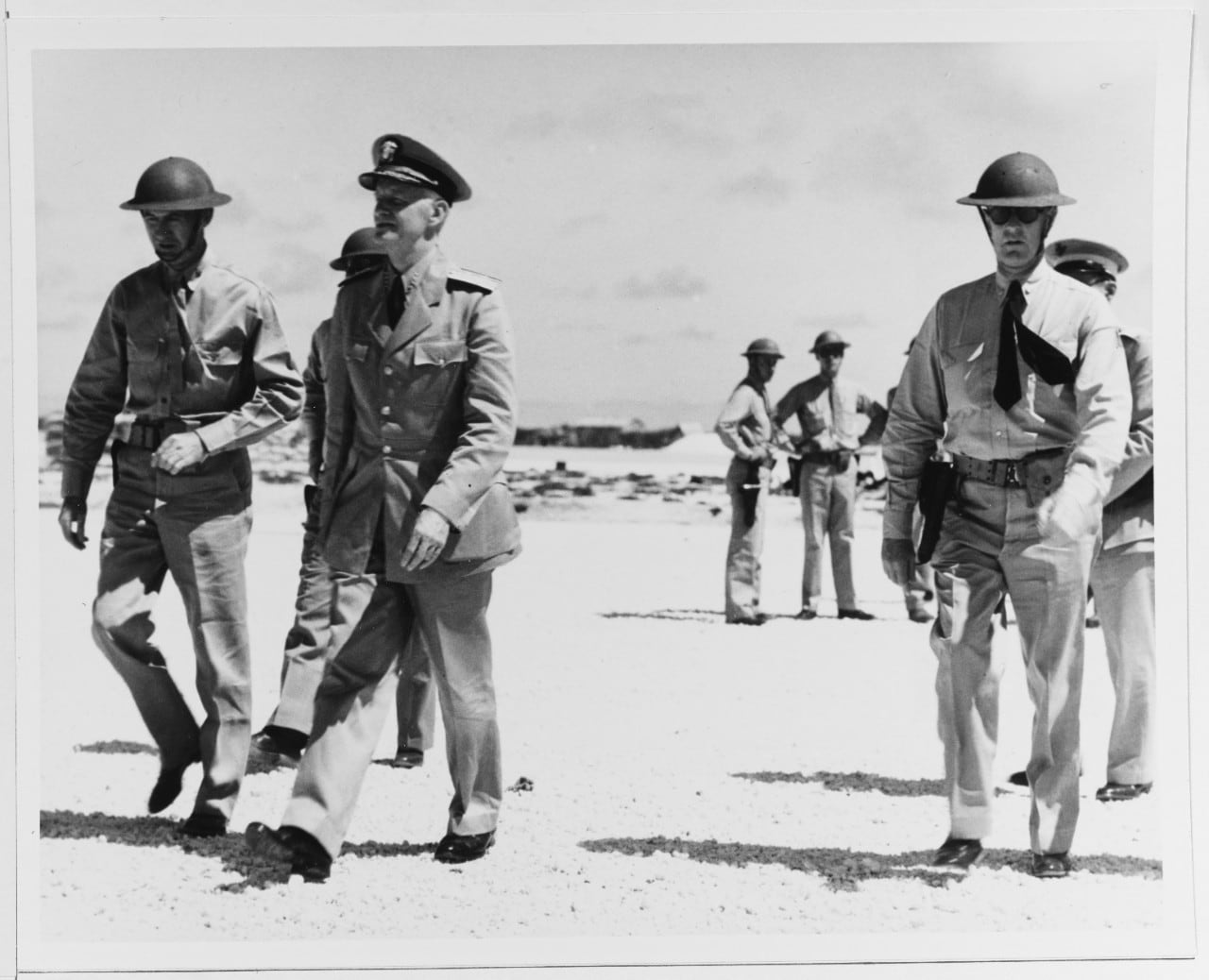
Chester Nimitz was easy to underestimate.
At age 56, with snow-white hair and piercing light-blue eyes, he was a quiet man who seldom betrayed his emotions. Undemonstrative and restrained, he rarely swore or even raised his voice. When exasperated, his most confrontational declaration was: “Now see here!”
He was not impersonal or cold — he was a gifted teller of stories and particularly fond of elegant puns — but his German heritage and his Texas Hill Country upbringing had bred in him a calm reserve that allowed him to remain apparently undisturbed in the midst of crisis.
That was exactly the kind of man that President Franklin D. Roosevelt wanted in command at Pearl Harbor after the disastrous Japanese attack on Dec. 7, 1941. Secretary of the Navy Frank Knox remembered the president saying, “Tell Nimitz to get the hell out to Pearl Harbor and stay there till the war is won.”
It wasn’t much of a command when Nimitz took over on the last day of the year. America’s vaunted battleships were either in repair facilities stateside or resting on the bottom of the harbor.
To be sure, the Japanese had clearly demonstrated at Pearl Harbor that aircraft carriers had supplanted battleships as the principal offensive weapons of modern navies. But by late spring of 1942, both of America’s two big carriers had been lost.
The 36,000-ton Saratoga had been victimized by a Japanese submarine in January and sent back to Puget Sound, Washington, for a full refit; the 37,000-ton Lexington was sunk in the Battle of the Coral Sea in May.
The Americans had very nearly lost the Yorktown in that same engagement. The carrier came limping into Pearl Harbor on May 27, trailing a 10-mile-long oil slick, leaving Nimitz with only two fully operational aircraft carriers: the Enterprise and the brand-new Hornet.
This was the state of things when Nimitz learned that the Japanese were sending their so-far-undefeated — indeed not yet seriously challenged — Kido Butai, the Imperial Navy’s mobile strike force, to attack Midway Atoll, an American-held territory 1,100 miles northwest of Hawaii.
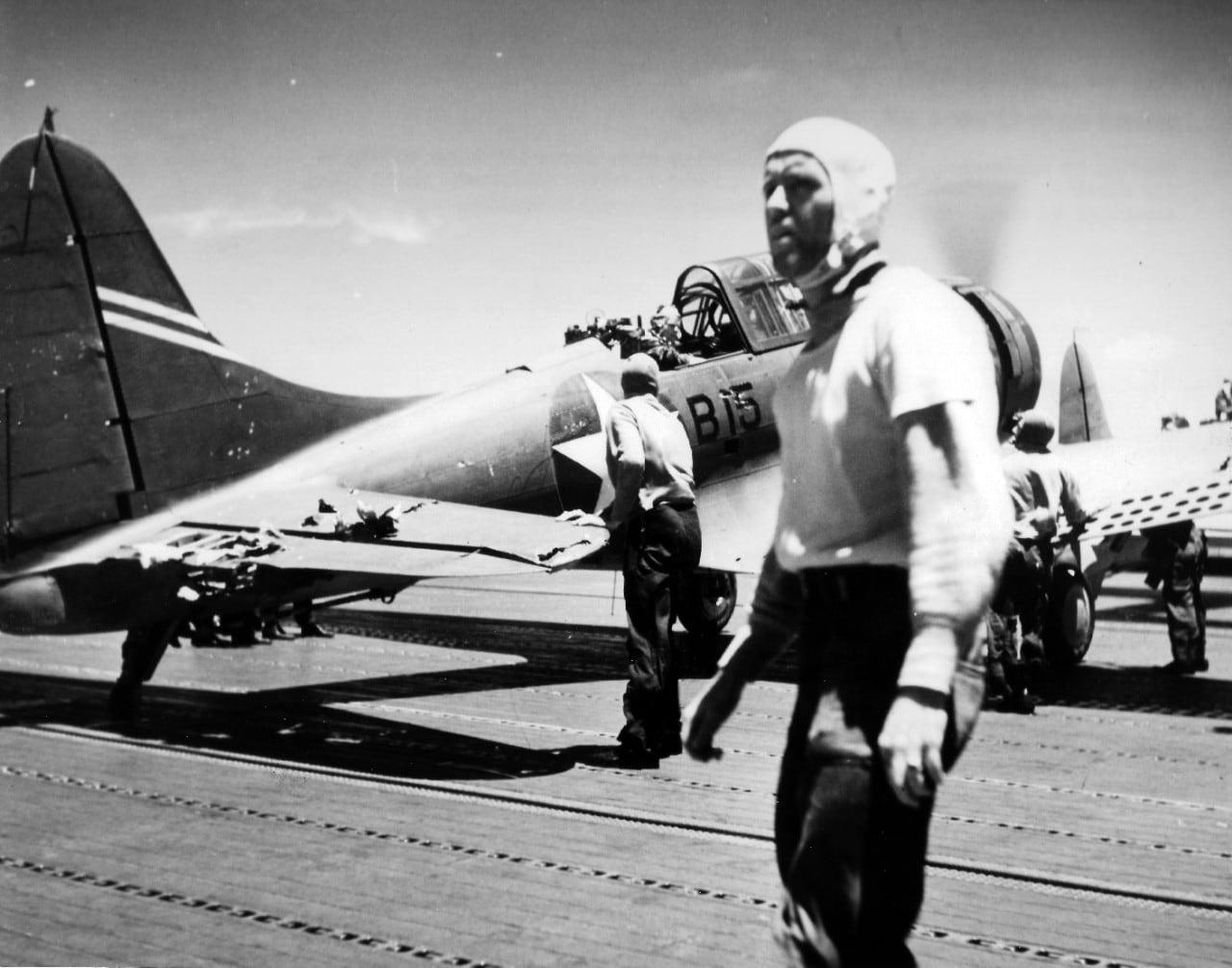
He knew about the impending attack thanks to the work of a dedicated group of code breakers that had predicted it would come toward the end of May or early June, with four or possibly five carriers.
If the crippled Yorktown could be repaired in time — which was problematic — Nimitz would have three carriers. But the Japanese force included at least two battleships (Nimitz had none), its strike aircraft had a greater range than the American planes, and its Zero fighters were superior in both range and maneuverability to the U.S. Navy’s F4F Wildcats.
If Nimitz decided to oppose the Japanese attack, all he could count on for sure were the two carriers of Rear Adm. William F. Halsey’s Task Force 16.
Then it turned out he didn’t have Halsey himself. When “Bull” Halsey brought his two carriers into Pearl Harbor on May 26, he was suffering from a severe psoriasis flare-up and had to be hospitalized.
Asked to recommend someone to replace him for the coming fight, he named Raymond Spruance, the rear admiral who commanded the vessels of his cruiser-destroyer screen. (If the Yorktown became available, then Rear Adm. Frank J. Fletcher, the commander of Task Force 17 and Spruance’s senior, would command the fleet.)
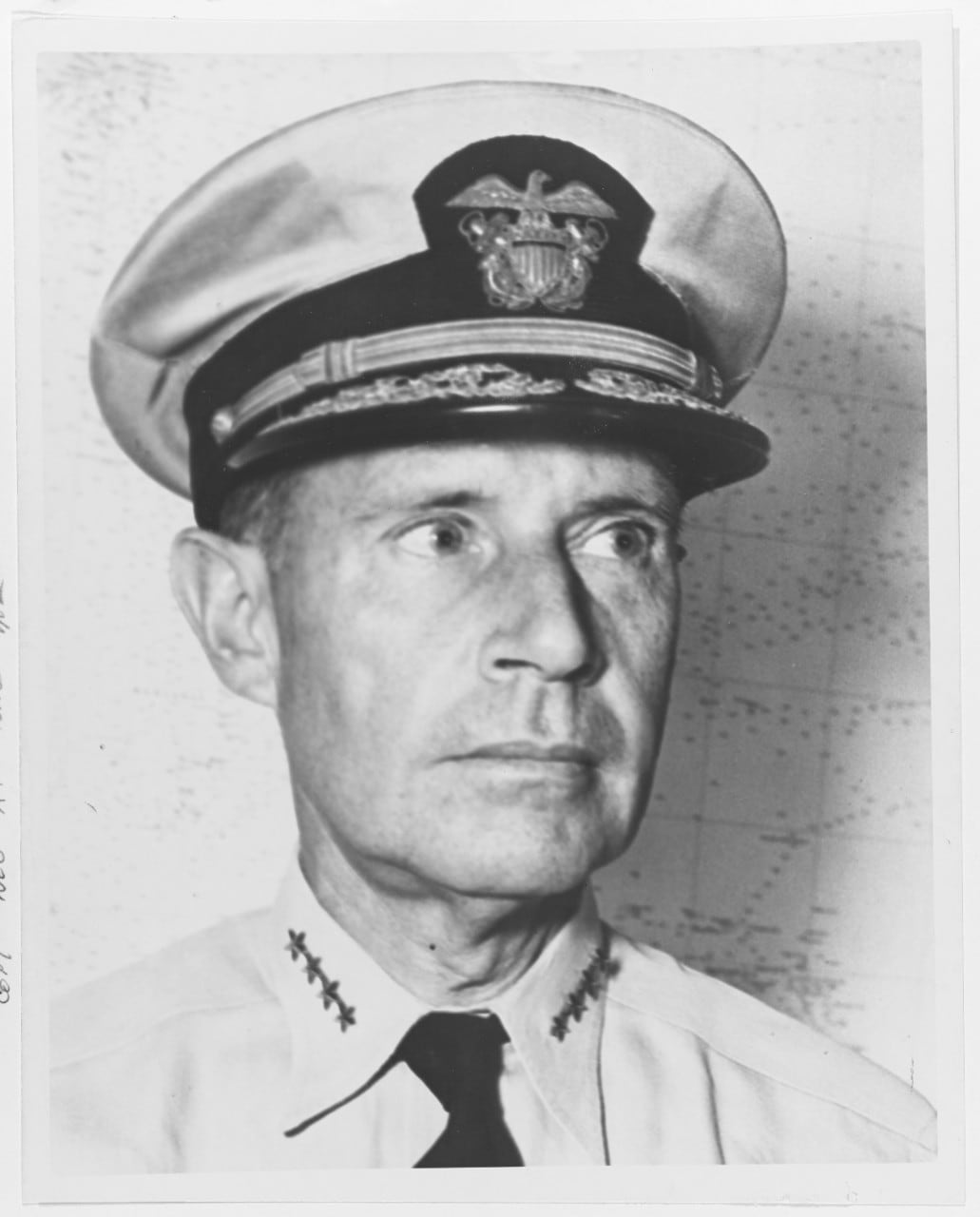
While Spruance was a reliable professional, however, he was a specialist in surface warfare, with no experience commanding naval aviation forces; Fletcher, too, was a surface officer.
In addition to the superiority of the Japanese carrier force, Nimitz had to take into consideration the fact that the Allied grand strategy, crafted even before hostilities began and confirmed at least twice since, was to defeat Germany first. According to this plan, the United States was to avoid “decisive action” against major elements of the Japanese fleet in the Pacific in order to concentrate on the European theater.
Given all that, Nimitz had to ask himself if Midway was of such strategic importance that it justified risking his remaining aircraft carriers in an unequal fight with the Kido Butai.
To be sure, Midway was a valuable mid-ocean outpost for the Americans, and Japanese occupation of it would have been a serious nuisance. But was it of greater strategic importance than the nation’s few aircraft carriers?
One option for Nimitz was to avoid battle altogether and wait for the Saratoga and Yorktown to return to the fleet, when he would again have four carriers. By then the Japanese might well have seized Midway, but their grip — at the end of a 2,500-mile supply line from Japan — would be very tenuous, and the Americans could take it back rather easily.
This was the conservative — and arguably the responsible — alternative.
Nimitz’s other option, of course, was to fight for Midway. His advance knowledge of the Japanese navy’s approach, thanks to the code breakers, transferred the invaluable element of surprise from the Japanese to the Americans, and gave Nimitz time to greatly reinforce Midway itself — especially with aircraft.
If the Yorktown could join the Enterprise and Hornet, the Americans would have four airplane platforms, including Midway — the same number as the Japanese.
Given the circumstances, few would have faulted Nimitz if he had chosen the first option and avoided battle with the approaching Kido Butai.
The American chief of naval operations, Adm. Ernest J. King— who was no shrinking violet — implied as much when he suggested that Nimitz should send the Yorktown to Puget Sound to keep it out of harm’s way, and transfer the carrier’s surviving airplanes to the airfields on Oahu as a defensive force.
The choice belonged to Nimitz: His was the burden of command. He was certainly cognizant of the risks, but in his mind the decision to fight for Midway was no gamble.
He calculated the odds coolly and rationally, and believed that he held a winning hand.
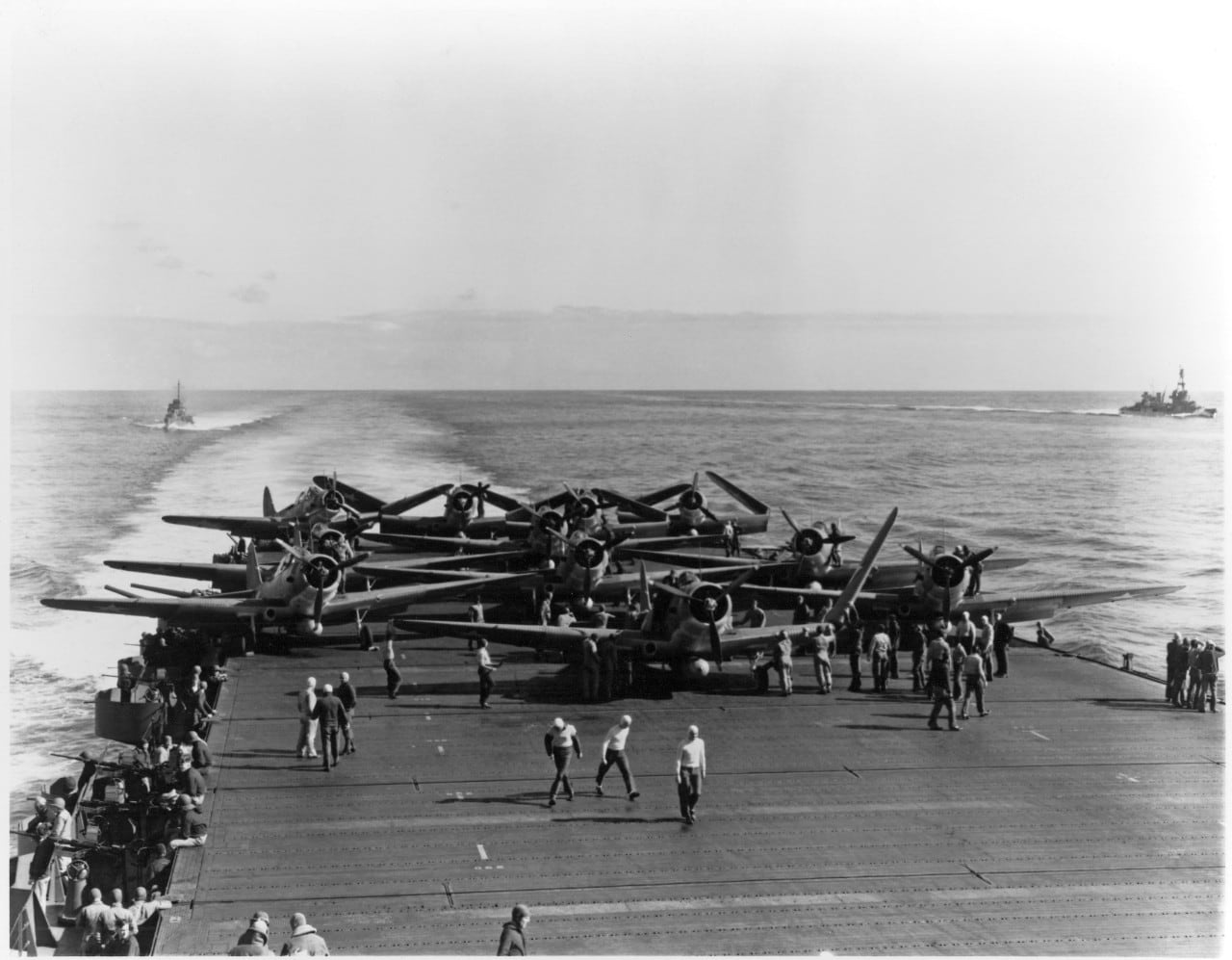
Walter Lord stated that the Americans had no right to win, but Nimitz fully expected to. His decision to meet the Japanese north of Midway now seems foreordained, but at the time it was a bold stroke, and if someone besides Chester Nimitz had been in command at Pearl Harbor, the battle might not have happened at all.
Rear Adm. Raymond Spruance was a man very much in the same mold as Nimitz: calm in his demeanor and courtly in his manners, reminding one interviewer of “a soft-spoken university professor.”
A lean 55-year-old, Spruance was a 1907 Academy graduate who had served in destroyers and cruisers his entire career. When Bull Halsey realized his illness meant he could not possibly command Task Force 16 in the forthcoming operation, he did not hesitate to recommend Spruance for the job.
Along with the assignment, Spruance also inherited Halsey’s chief of staff, 45-year-old Capt. Miles Browning.
Tall and ruggedly handsome, with a bad-boy allure that made him attractive to women, Browning was something of an eccentric in the aviation community.
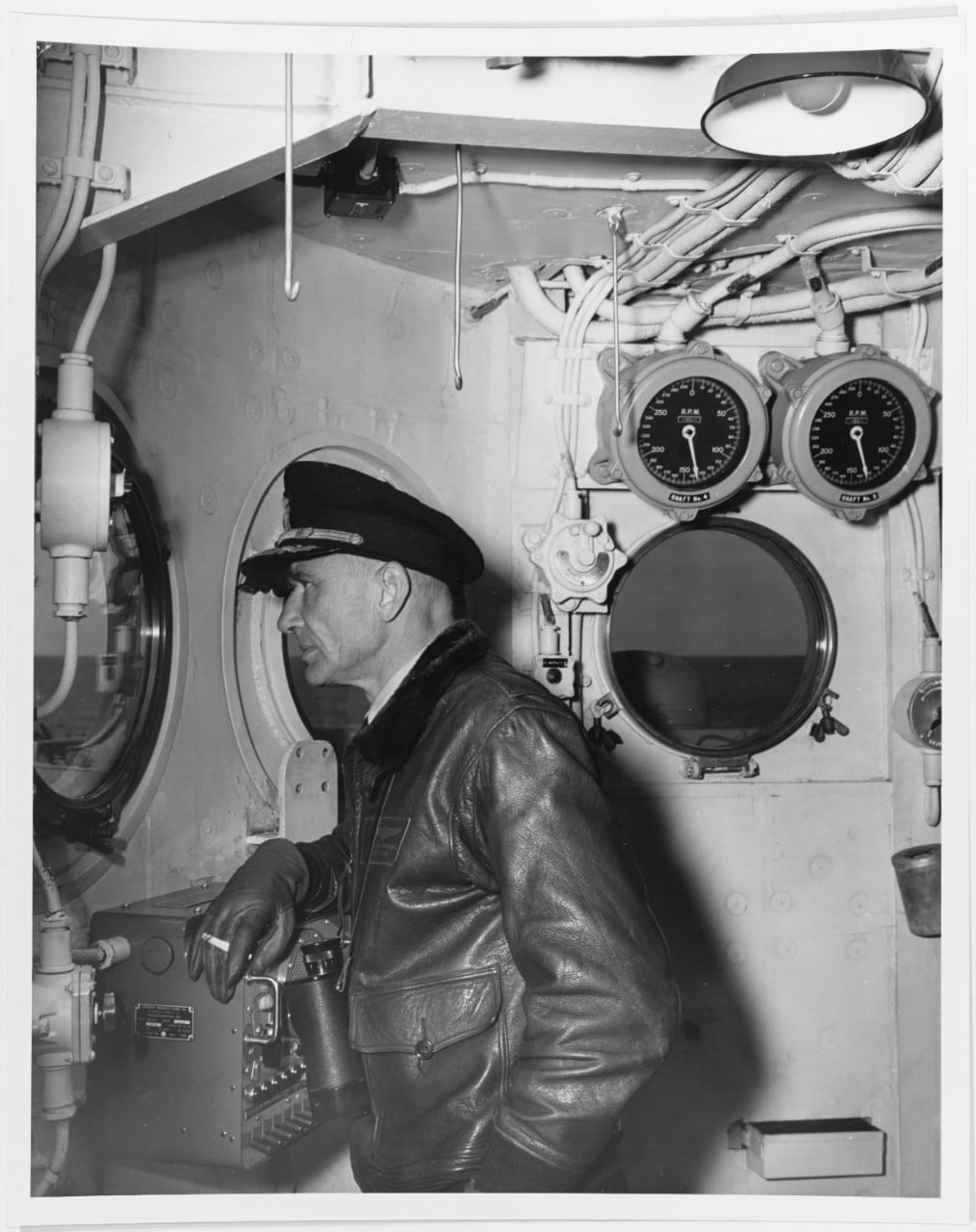
He was an excellent pilot and an imaginative tactician, but he was also cocky and dismissive of others— characteristics that did not endear him to subordinates.
The ebullient Halsey had gotten along well with Browning, and had recommended him for his promotion to captain. Before Halsey left for the hospital, he urged Spruance to rely heavily on Browning and his expertise in air operations during the coming fight.
Browning, for his part, clearly expected Spruance to defer to him in the management of the air assets of Task Force 16.
As it happened, the yard workers at Pearl Harbor did manage to patch up the Yorktown in time to send it out to join Spruance’s Task Force 16, at a rendezvous point the Americans had somewhat hopefully dubbed “Point Luck,” 325 miles north of Midway.
All three American carriers were there at a few minutes past 6 a.m. on June 4 when a PBY Catalina out of Midway reported seeing two Japanese carriers and two battleships about 170 miles to the southwest — a position at the extreme range of the American torpedo bombers and fighters.
At 6:07, Admiral Fletcher — on board Yorktown, waiting for a group of aircraft to return — radioed an order to Spruance, on board the Enterprise: “Proceed southwesterly and attack enemy carriers when definitely located. I will follow as soon as planes recovered.”
The wind that day was very light — only about five knots — and it was coming out of the east. For their aircraft to launch, the Hornet and the Enterprise would have to turn into the wind, away from the target, and build up speed to at least 25 knots (nearly 29 mph).
Since it would take most of an hour to launch air groups from two carriers, which would add another 20 miles to the flight by the time all planes were up and in their formations, Spruance decided to continue steaming toward the target for another 45 minutes before launching.
It would still be a long flight to the target, but the later launch should allow the attack planes sufficient time to get the job done and get back safely. Under Browning’s management, the first planes began launching at 7:05.
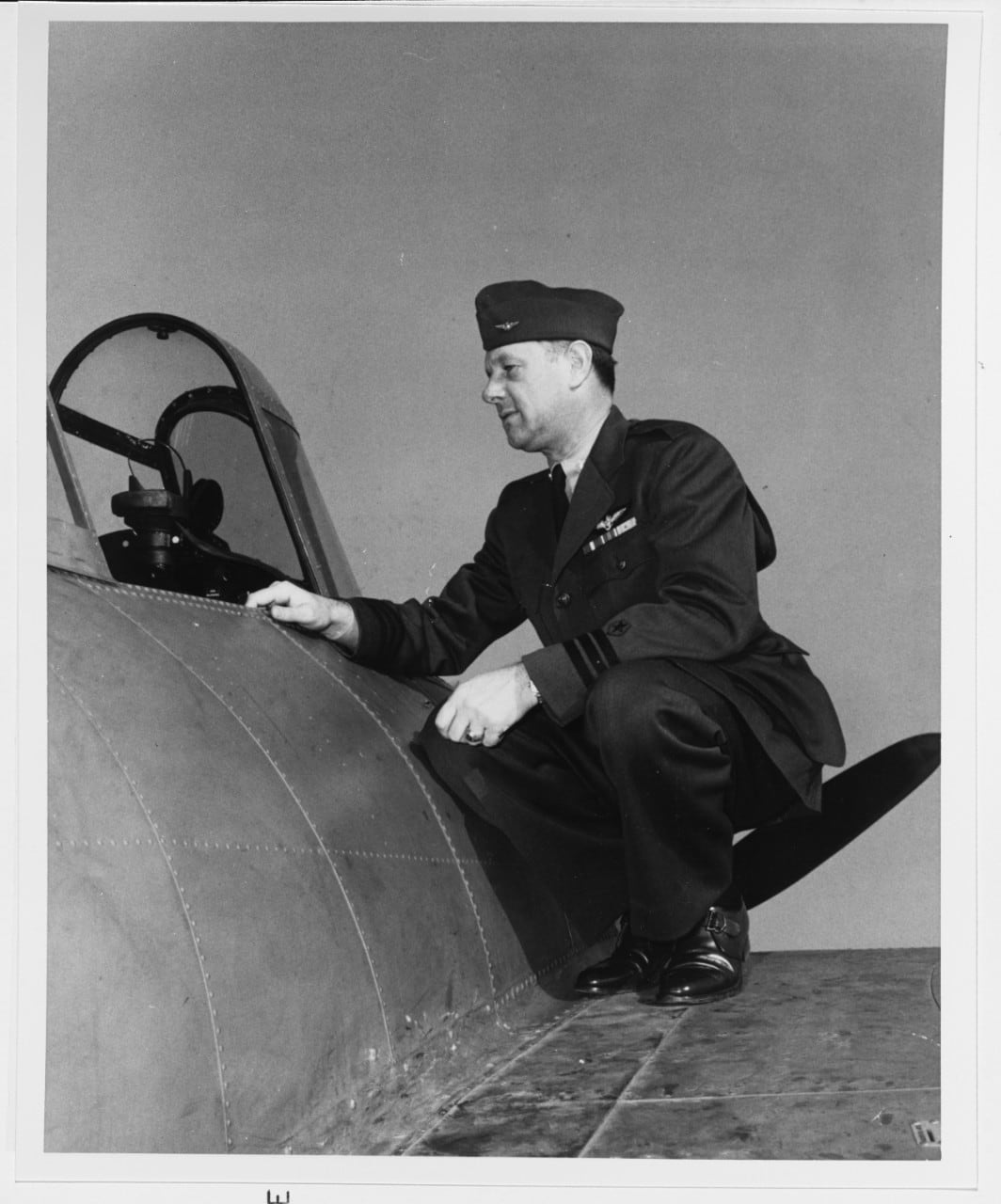
The air group aboard the Enterprise was under the command of Wade McClusky. Having turned 40 only days before, he was the oldest pilot on board. McClusky had spent most of his career as a fighter pilot, but by virtue of his seniority he now found himself in command of a bomber group.
The bomber group was composed of the SBD dive-bombers of Scouting Squadron VS-6 and Bombing Squadron VB-6, as well as the TDB-1 torpedo bombers of VT-6.
Launch delays cropped up almost from the start. The planes had been lined up on the flight deck for launch since well before dawn, but a number of them developed engine problems during the launch and had to be manhandled up to the forward elevator and lowered back down to the hangar deck in order to clear the flight deck. All of that took time.
There were other delays. Ordinarily, the crew would have started bringing up the planes of the second deck load via the carrier’s rear elevator while the last of the dive-bombers were launching forward.
But VB-6’s bombers, each lugging a 1,000-pound bomb, needed a full deck run to get aloft, so the crew did not start bringing up the 10 Wildcats of the Enterprise’s fighter group, VF-6, and VT-6’s 14 Devastator torpedo bombers from the hangar deck until after the last of the dive-bombers were aloft.
It took another 20 minutes to bring up the Wildcats via the forward elevator and the Devastators via the rear elevator. The Wildcats launched without mishap, but then one of the torpedo bombers had engine trouble. It was fixed but that, too, ate up time.
Meanwhile, McClusky’s bombers were circling over the task force, burning up precious fuel.
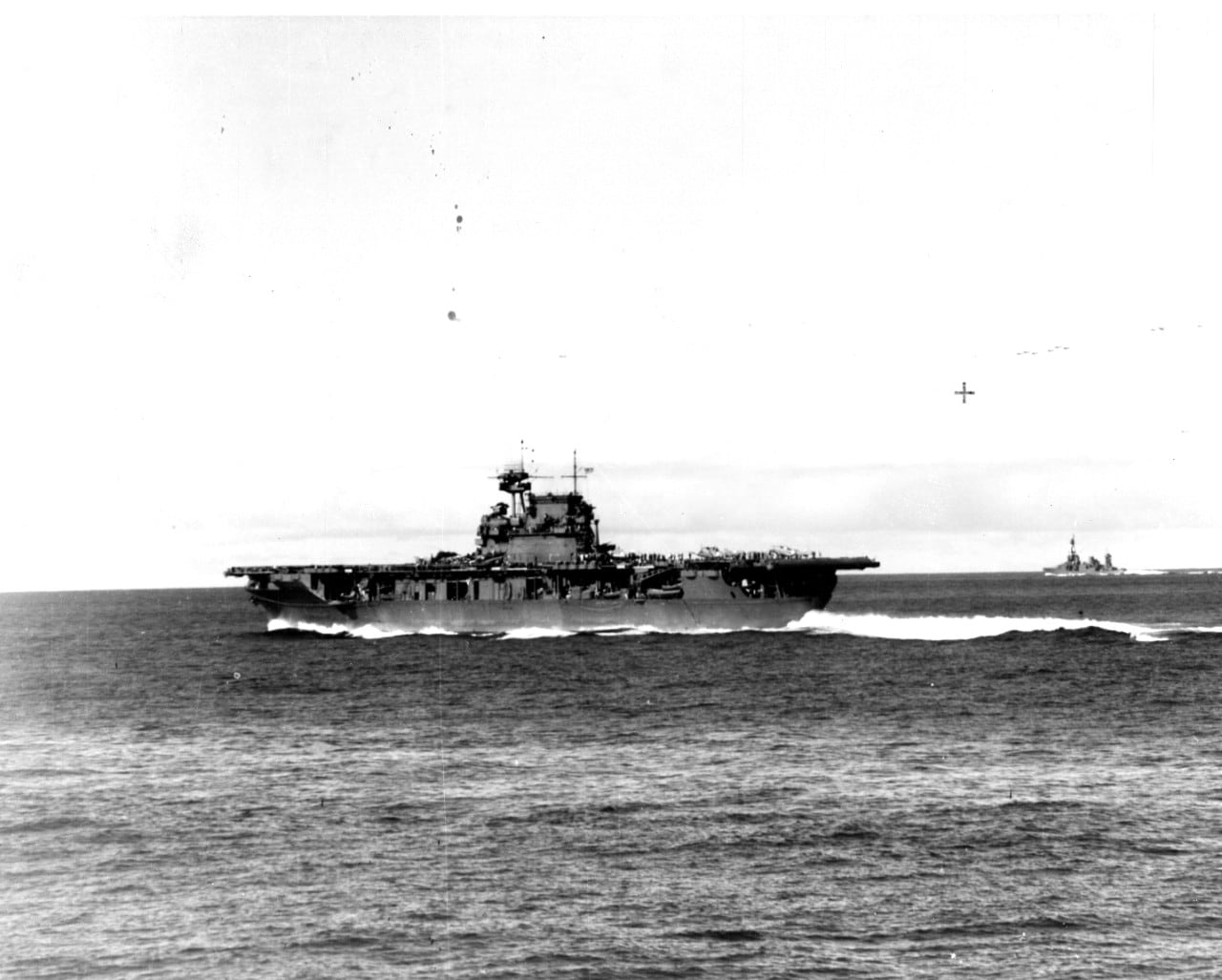
By 7:45, Spruance had run out of patience. Five minutes earlier his radio intelligence officer reported that he had intercepted a contact report from a Japanese scout plane. Soon the enemy would know where the Americans were and the opportunity for surprise would be lost. Time was running out.
So far, Spruance had declined to interfere with Browning’s management of air operations but, deciding that enough was enough, he ordered that McClusky be sent a message by flashing light to “proceed on mission assigned” without waiting for the torpedo bombers. Instead of a coordinated attack by bombers and torpedo planes, McClusky would have to do his best with dive-bombers only.
Released by Spruance, McClusky’s group of 32 dive-bombers flew southwest toward the coordinates McClusky had calculated that morning. It was a long flight, and the wait over the task force and the climb to altitude had burned up a large amount of fuel.
Ensign Lew Hopkins looked at his fuel gauge and concluded that it was going to be a one-way flight.
“I knew, and most everybody else knew that we didn’t have enough fuel to get back,” he later recalled,
But when McClusky arrived at 9:20 in the general area where he had expected to find the Kido Butai, he saw nothing below him but empty ocean.
Although low on fuel, McClusky continued the search. He turned the formation slightly to the right and flew due west for 35 miles, then he turned right again to the northwest, intending to conduct a standard box search. He scanned the horizon eagerly for the sign of any surface ships, his binoculars “practically glued,” as he put it, to his eyes.
Two of his bomber pilots ran out of fuel and ditched in the water. Finally, at 9:55, well north of the plotted intercept position, McClusky spotted a single ship, all by itself, proceeding northward at great speed, its bow wave making a broad wake that looked for all the world like a white arrow painted on the surface of the sea.
McClusky guessed at once that it was a laggard from the Kido Butai and, using that V-shaped bow wave as a guide, he altered course to follow the arrow just east of due north. Ten minutes later, at 10:05, he saw dark specks on the horizon ahead of him. As he flew closer, the specks resolved themselves into surface ships.
He had found the Kido Butai.
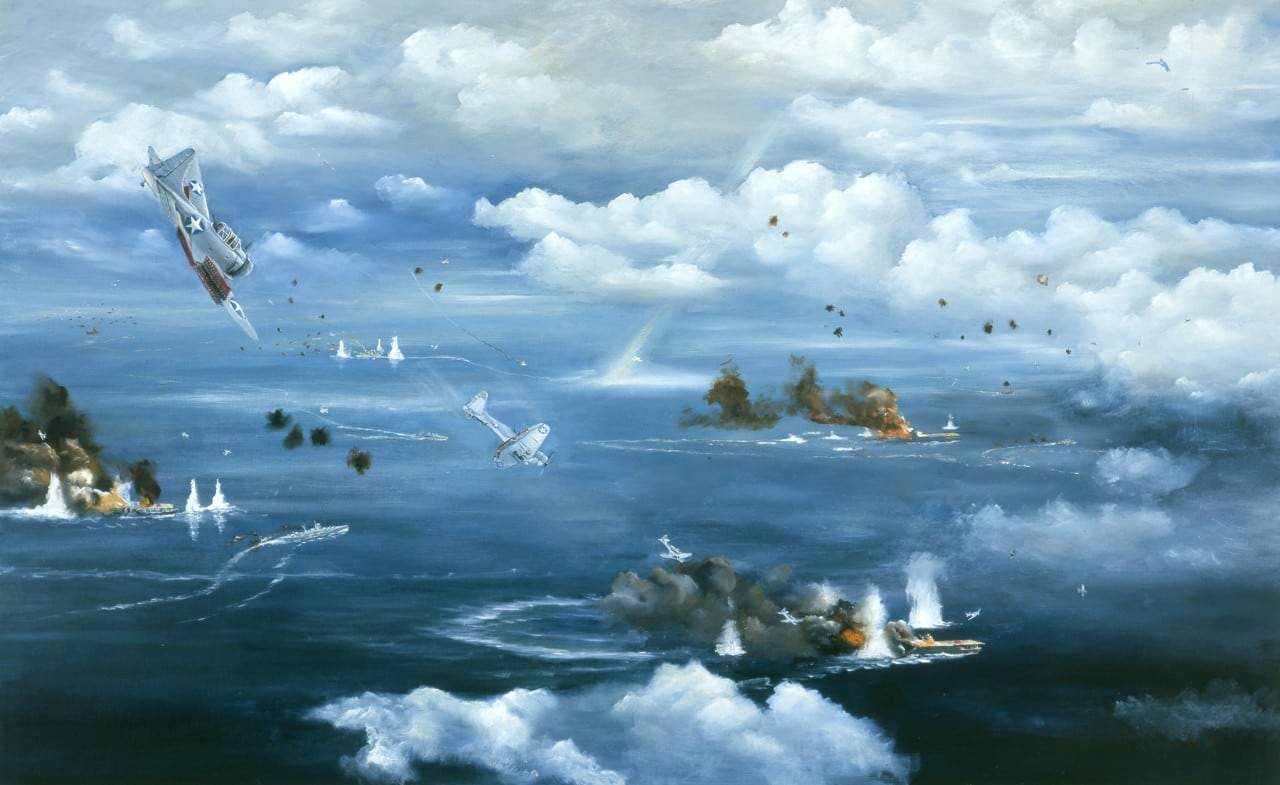
One of the 32 pilots flying that perilous course with McClusky was Lt. Dick Best, the commanding officer of VB-6. At age 32, Best was younger than most of the squadron commanders, and looked younger still. Out of uniform he might have had trouble getting a Honolulu bartender to serve him a beer.
A New Jersey native, he was whippet thin with an aquiline nose and prominent ears. But he was a great pilot. Before assuming command of VB-6, he had been a flight instructor at Naval Air Station Pensacola. He often had to endure some good-natured banter because his middle name was Halsey and, indeed, he claimed a distant relationship with the admiral.
As McClusky, Best, and the commander of VS-6, Lt. Earl Gallaher, approached the Kido Butai that morning, they saw so many valuable targets below them that there was confusion about which to attack. The nearest target was the big carrier Kaga; five miles to its right and a few miles ahead of it was the Japanese flagship Akagi.
According to doctrine, Gallaher and Best were to lead their two squadrons against different ships. To do that, the lead squadron — Gallaher’s — should fly past the first carrier and attack the more distant one, while the trailing squadron — Best’s — attacked the near target.
But McClusky, who had spent most of his career as a fighter pilot and had not internalized bombing doctrine, approached the situation with typical American straightforwardness.
He saw the two carriers not as near and far, but as left and right. McClusky could not give hand signals to Best, who was 5,000 feet below him, so he broke radio silence to order Gallaher to take the carrier “on the left” and Best to take the carrier “on the right.”
Best never heard the order. He later speculated that his radio didn’t work, which is possible; another probable explanation is that Best and McClusky sent their reports of the ship sightings to each other simultaneously, which meant neither would have heard the other.
In any event, both squadrons under McClusky’s command prepared to dive on the Kaga. The Americans had gained a crucial advantage by arriving over the Kido Butai at a critical moment; now the confusion in assigning targets threatened to waste it.
Best used hand signals to prepare the pilots of his squadron to dive on the target. Then, just as he was about to push over into the dive, the 16 bombers of Gallaher’s VS-6, plus McClusky, all came flashing down directly in front of him.
Best later recalled that his first thought was, “They had jumped my target!”
But thinking fast, he closed his flaps and waggled his ailerons as a signal to the rest of his squadron to hold back.
Too late.
Already committed to the dive, 10 of the VB-6 pilots joined the onslaught on the Kaga. Only Best’s two wingmen, Ed Kroeger and Fred Weber, were close enough to see his frantic signals and hold up.
Twenty-seven American planes dove on the Kaga. They plastered it with bombs, and within minutes it was a smoking wreck.
But this left only three planes for the attack on the Akagi.
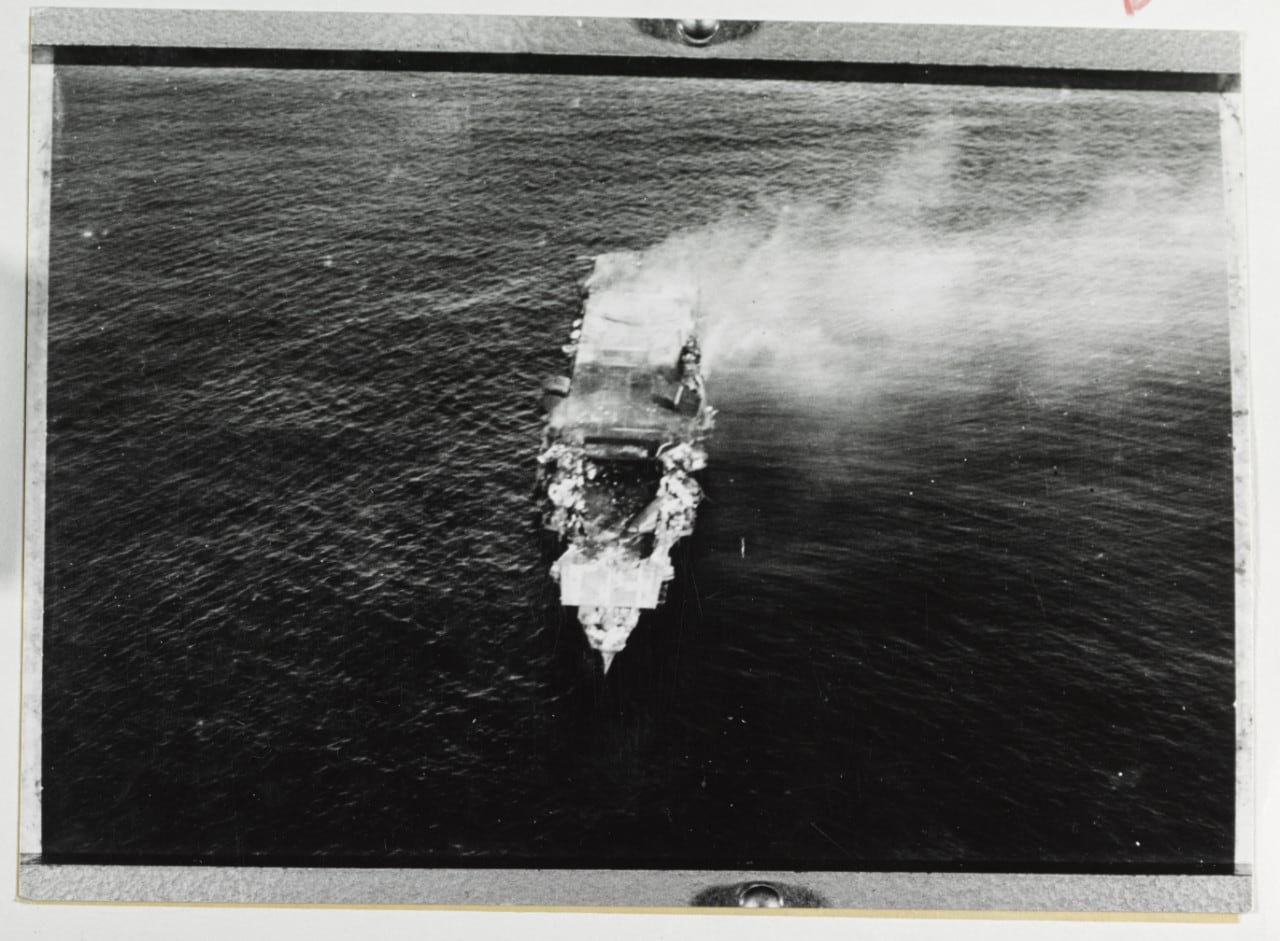
Best gathered his two wingmen, one on each side, and the three American planes flew toward the Akagi in a shallow V formation.
It was “a calm placid morning,” Best recalled, and he remembered thinking that it felt just like a “regular individual battle practice drill.” As they dove from 14,000 feet, Best put his bomb sight in the middle of the Akagi’s flight deck, just forward of its small island, and released his bomb at about 1,500 feet. Kroeger and Weber released their bombs at almost the same moment.
Best’s 1,000-pound bomb struck square on the Akagi’s flight deck and penetrated to its crowded hangar deck. The immediate damage was extensive, but the secondary damage was catastrophic.
The Akagi’s hangar deck was crowded with 18 big “Kate” torpedo bombers, all of them with fuel tanks filled to the top and armed with 1,870-pound Type 91 torpedoes. Other ordnance lay on the carts and on the racks along the bulkhead. Within minutes, that ordnance began to cook off, and once the explosions started, the aviation fuel from the wrecked planes fed the fires.
The error that sent 27 of McClusky’s 30 planes against the same carrier turned out not to matter: By 10:25, both the Kaga and Akagi were burning out of control.
Meanwhile, approximately 10 miles to the north, Yorktown’s planes were hitting the carrier Soryu. In an electrifying five-minute period, three-quarters of the Kido Butai was destroyed.
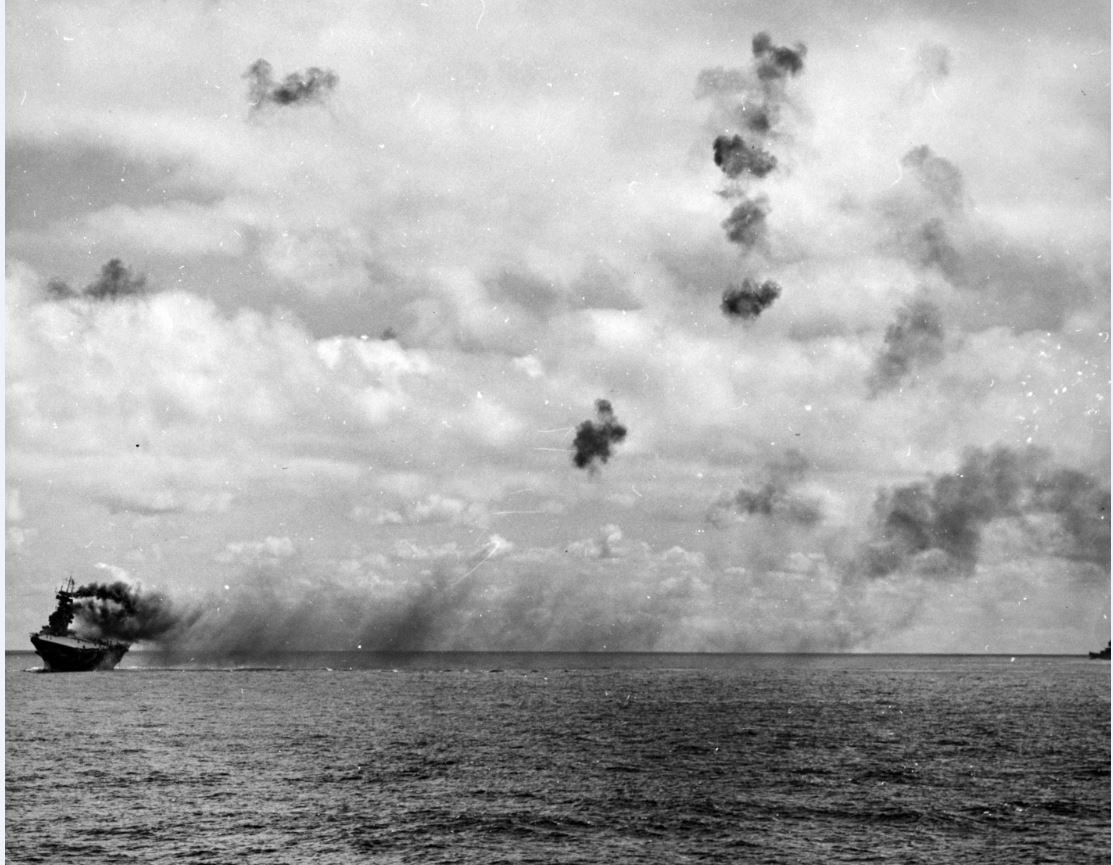
This history-changing strike had been made possible because:
• Chester Nimitz made the bold decision to meet the Japanese challengers, despite the apparent mismatch;
• Raymond Spruance overruled Miles Browning, and ordered Wade McClusky to “proceed on mission assigned.” Had he instead waited for the torpedo planes to launch so that the whole air group could fly to the target together, McClusky would not have had enough fuel to conduct his decisive search;
• Wade McClusky continued searching when his fuel gauge read half empty, a bold choice that led him to the Kido Butai;
• Dick Best reacted instantly when he realized an entire air group was diving on the same target.
This is not to imply that these four men were the only ones whose actions mattered.
Hundreds of others, from flag officers to plane pushers, played crucial roles as well in the victory that turned the tide in the Pacific War and triggered the American counteroffensive in the Solomon Islands.
Two months after Midway, 10,000 Marines went ashore on Guadalcanal, and the American offensive did not stop until August of 1945. There was luck involved, to be sure — but sometimes bold and courageous men make their own luck.
RELATED
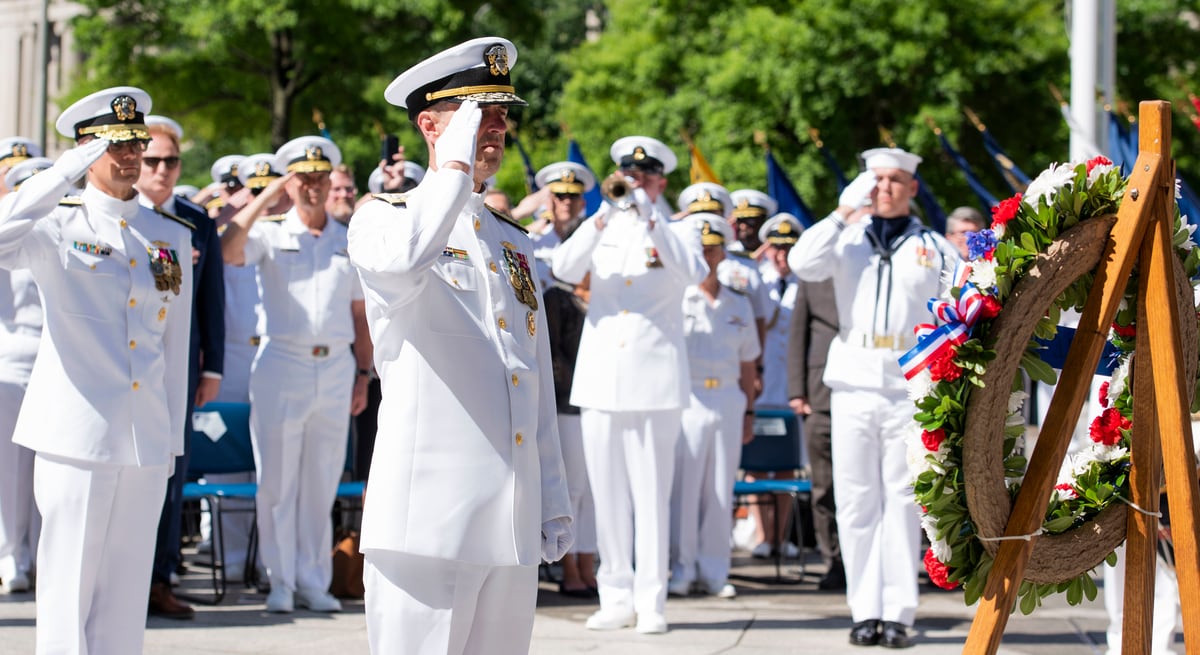
Craig L. Symonds is the Class of 1957 Distinguished Professor of American Naval History at the U.S. Naval Academy in Annapolis, and the author or editor of 25 books on Civil War and naval history. His book The Battle of Midway was published by Oxford University Press in October 2011. This article originally appeared in the January/February 2012 issue of World War II Magazine, a sister publication of Navy Times. Subscribe today!





